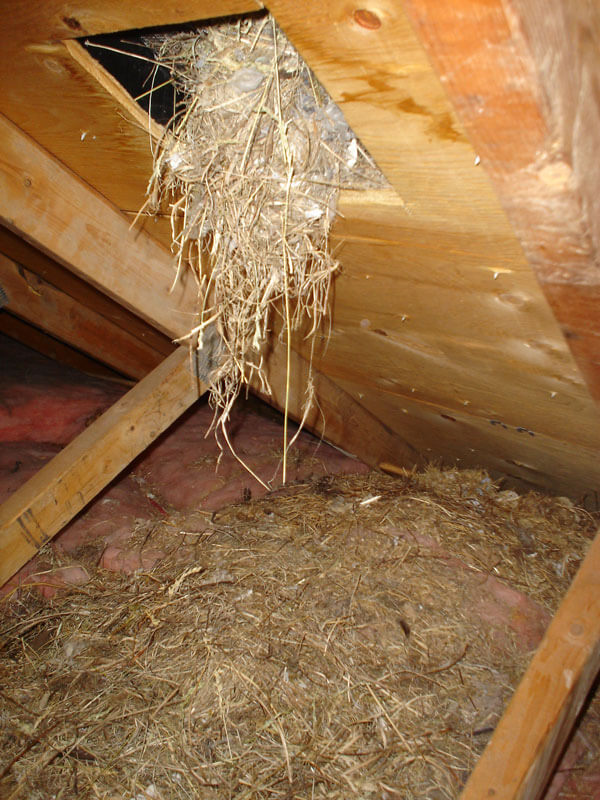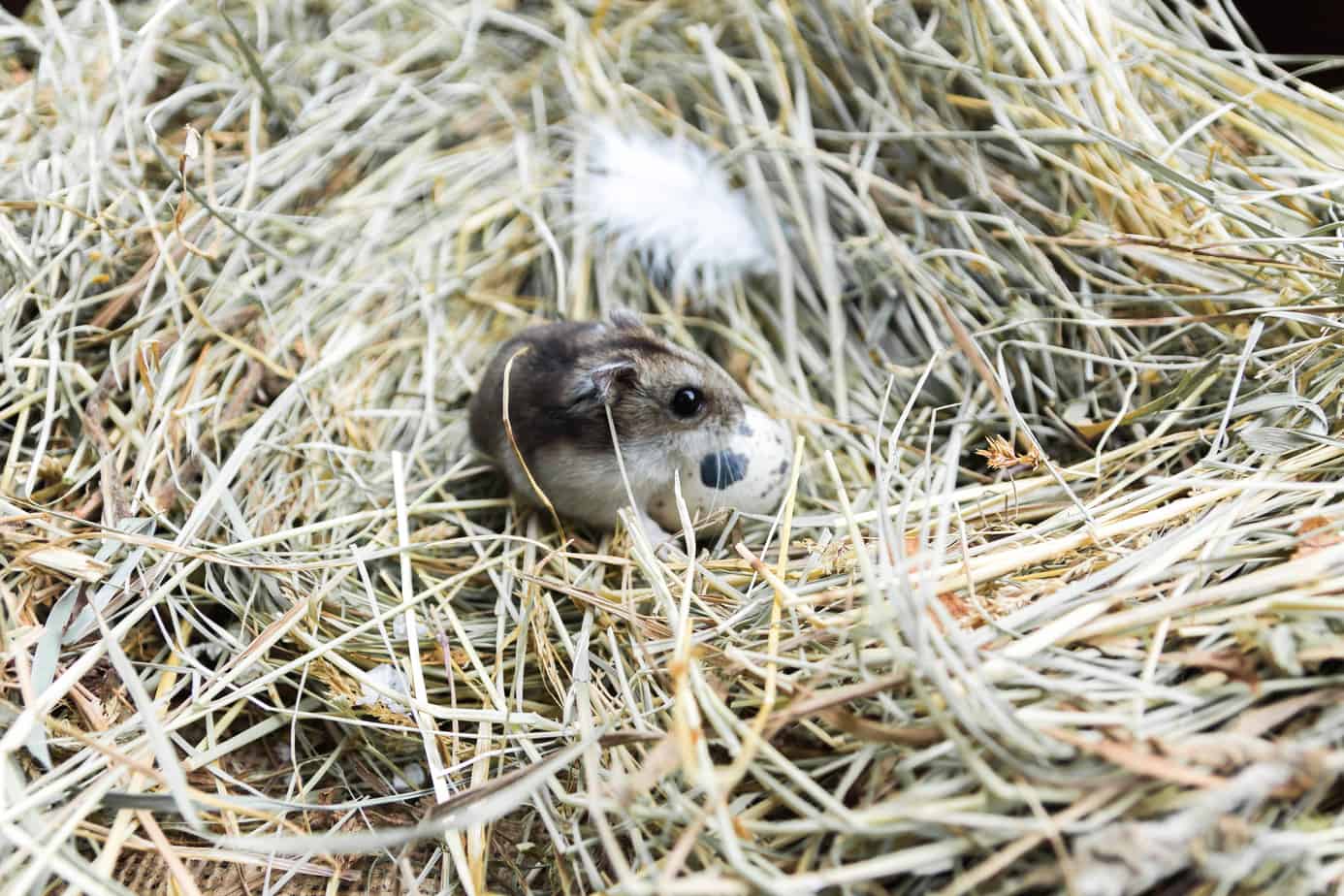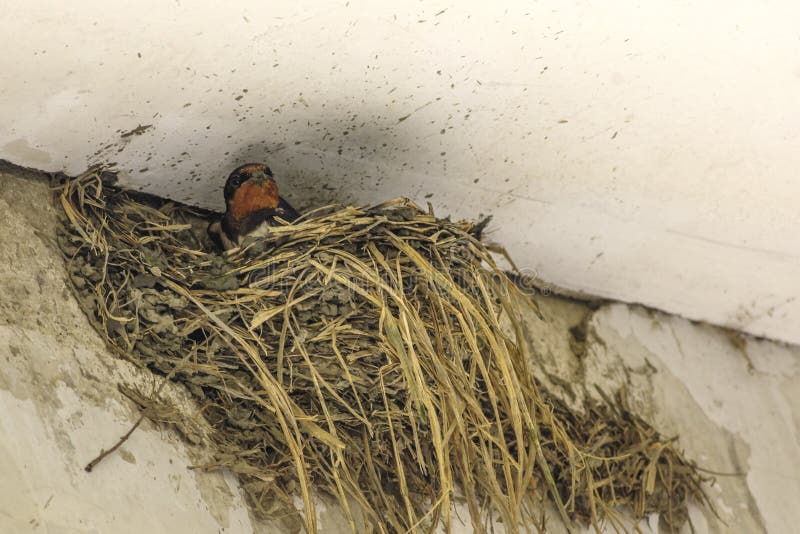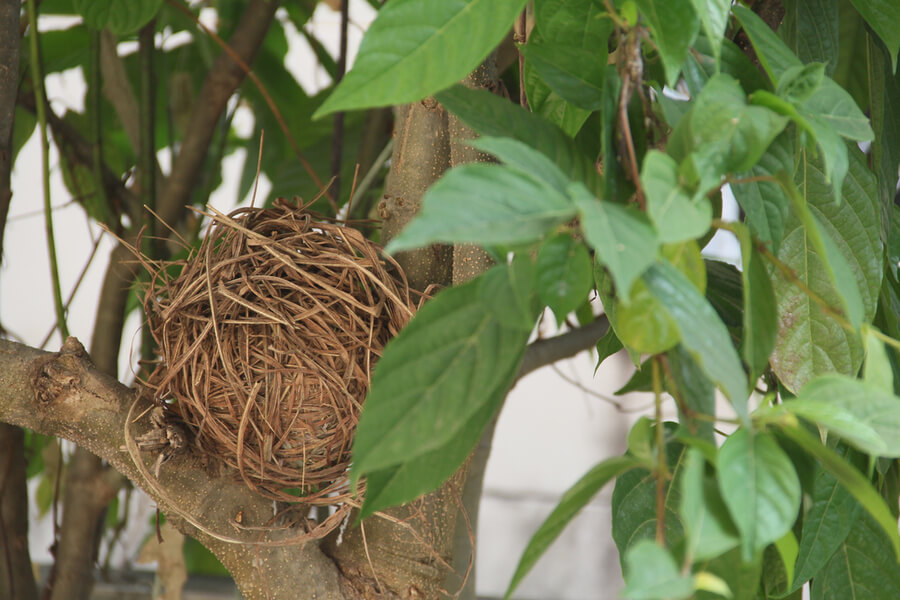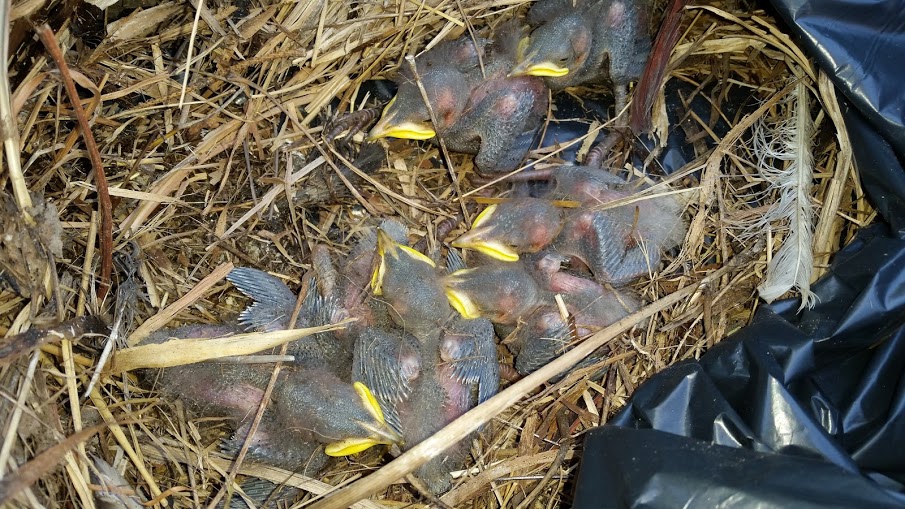Although many homeowners are not even aware that such holes exist they are essential for attic ventilation so you can t just cover them with wood.
Rodents nests pictures straw in attic.
Rat nests can be on the ceiling or in between your hardwood floors.
Instead they prefer to build nests in dark isolated areas where they are protected against natural predators.
If it has nut shells in it most likely squirrels.
Keeping these animals out of your attic is the best approach.
Before you can get the nesting material out of your attic you need to take the time to confirm that the animals are all gone.
Squirrels raccoons and rodents can carry disease and chew through your wiring creating a fire hazard.
Rat holes are commonly found in wood walls.
In outdoor areas surrounding homes things such as debris piles yard water old furniture ponds trees and garbage dumps are.
The rodents living in your attic should be of concern since they can gnaw at different and even more serious problem takes place when you have nesting babies.
When rats cannot penetrate your garden their next target is in your garden.
Pests such as mice rats and squirrels can get into ceiling rafters and nest in crevices.
Spring traps for instance are preferable because they cause a quick death whereas glue traps torture struggling rodents that eventually die from stress and dehydration.
Where do rats nest outside in the garden.
Unfortunately attics offer the perfect nesting environment for rats mice and other rodents.
The garden is also a perfect place to build a rat nest because of food and shelter resources.
Call critter control when encountering issues with rodents in attics.
Rat nests are usually constructed of manmade debris twigs cotton and plant materials and can be found in dark enclosed areas like crawlspaces between walls in attics under porches or in boxed in plumbing.
Even larger rodents such as squirrels can fit through surprisingly small gaps.
Rodents in the attic cause problems with their nesting and gnawing chew through electrical wires and carry parasites that spread disease.
Rats will remain in the attic during the day and come down below to feed on leftover scraps and food in the kitchen and trash.
Terminix has removal tips.
Scurrying or scampering noises are sure signs of rodents or other animals loose up there.
Once the animals are in your attic terms such as humane removal no longer apply and the conversation turns to least inhumane ways of getting them out griffin says.
These animal contortionists can easily fit through any unprotected ventilation holes in your roof eaves.
Mice and rats also tend to use local nest building materials where available attic insulation paper from insulation backing or drywall etc whereas squirrels tend to import theirs from outside so typically has a lot of grass and leaves which is what yours sounds like.








